How to Find the Best Flowers Near You
“Great design starts with great product.”
Great design always starts with great sourcing and sourcing is a key part of our work as florists. So I am often considering where my flowers come from and how to find the most compelling, unique, and healthy flowers for the work.
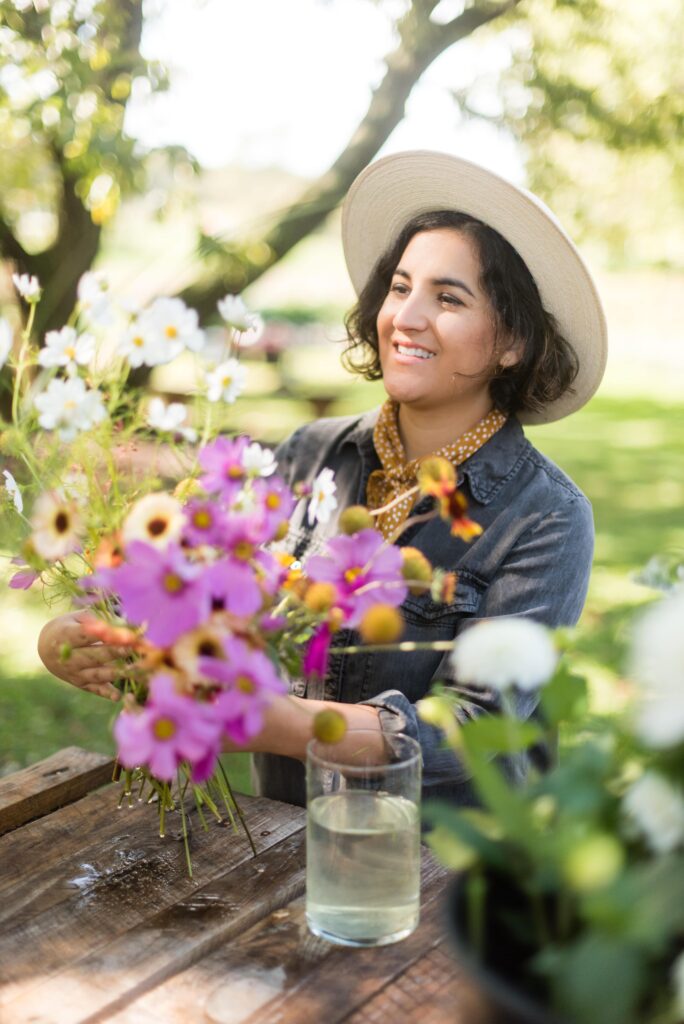
Most florists source their flowers from a wholesaler who connects with farms all over the world to find what their clients are looking for. And typically, wholesale flowers that are imported are bred for consistency. From their shape to their color, vase performance, stem length, and fragrance, imported blooms are expected to be consistent (to a degree, it is nature after all!)
Imported flowers are the backbone for most floral businesses whether you’re in retail or weddings. Without them, we would not have year-round access to high-performing, beautiful blooms in every shade and form to serve our clients’ important life occasions like funerals, birthdays, anniversaries, weddings, and all other celebrations and events that we help honor as florists.
Some wholesale florists, like Mayesh Wholesale, source local flowers and do an excellent job at supporting small-scale growers to help get their products into the hands of designers. A wholesaler is a turnkey solution for many designers but if a grower is very small or sells independently, it can be challenging at times to source their blooms.
For many years, I avoided sourcing locally due to a lack of options, or simply feeling like I didn’t know how to make it work. Sourcing local flowers can be intimidating, overwhelming, or even frustrating at times. However, sourcing flowers from anywhere can feel that way, and yet what we use as florists is truly one of the most important parts of our jobs.
Think of a chef who connects with local growers and farmers to get the best produce, meat, dairy, etc., and the benefits these lend to the results of their dishes. We can benefit in the same way!
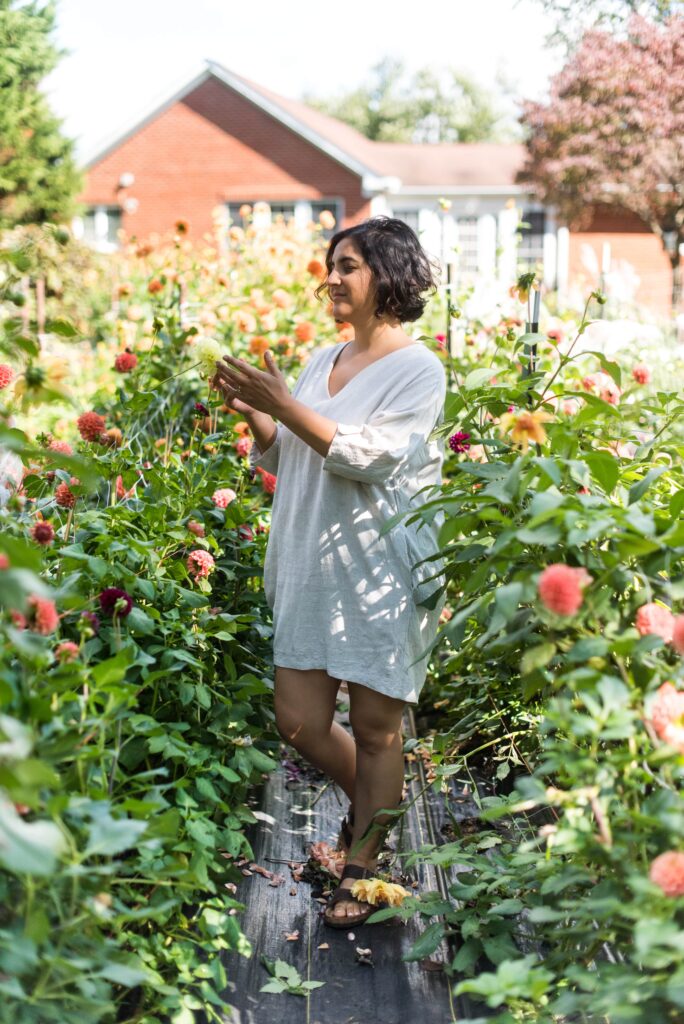
Above Image: The Dahlia field at Grateful Gardeners first location
Finding Local Inspiration
As a designer, I strive to seek the best ingredients but I can still get stuck in the same grind.
There are some ways I find new inspiration.
If I am feeling stagnant in my flower choices or feeling uninspired, I often need to visit the source….nature itself. Inspiration is everywhere if we can pause, even at a stoplight, and observe. An overgrown highway median has created tremendous inspiration in color and in form…inspiration can come in the most humble of places if we are willing to see it.
Often a visit to a local plant nursery allows me to discover foliage in unexpected combinations I wouldn’t have thought of. Coral and chartreuse heuchera inspire new tones, green-golden ferns, or perennials with a brief but magnificent flush of color, like chocolate and amber rudbeckia, butter-yellow phlox, or violet and pink echinaceas. These unique color combinations enable me to bring fresh ideas or even new varieties into my work that can make a world of difference, even in the smallest amount.
A friend and flower farmer Andrea Gagnon of Lynnvale Studios, a magnificent flower farm here on the East Coast, told me once that local flowers are a lot like jewelry…they are that special layer in an arrangement that finishes it off. I agree wholeheartedly and have experienced these phenomena hundreds of times in my own work. For purchasing unique blooms, local flower farmers are an integral resource.
Finding Local Flowers
Depending on where you live, the availability of what you can find will vary so connecting to a farmer or grower early will help in planning for the season. Flower farmers have often planned out their crops for the year so this can give you some idea of what may be helpful to incorporate into your designs.
From an ordering standpoint, I try to use local flowers first and then use imports as needed to fill out the rest of the order. I expect and plan for substitutions to possibly be needed but this is no different than ordering flowers from a wholesaler. Availability changes often so it’s critical to have a backup plan if I am relying on a certain volume of product.
With many annuals and summer perennials coming into crop soon, it’s a great opportunity to lay the groundwork for a productive partnership if you haven’t already. I love using local farms for specialty tulips, ranunculus, dahlias, anemones, hellebore, lisianthus, delphinium, textural fillers, unique grasses, unique greenery and so many more.
When I look back on my work, it’s often the local flowers that stand out as unique, and special and often carry a story with them.
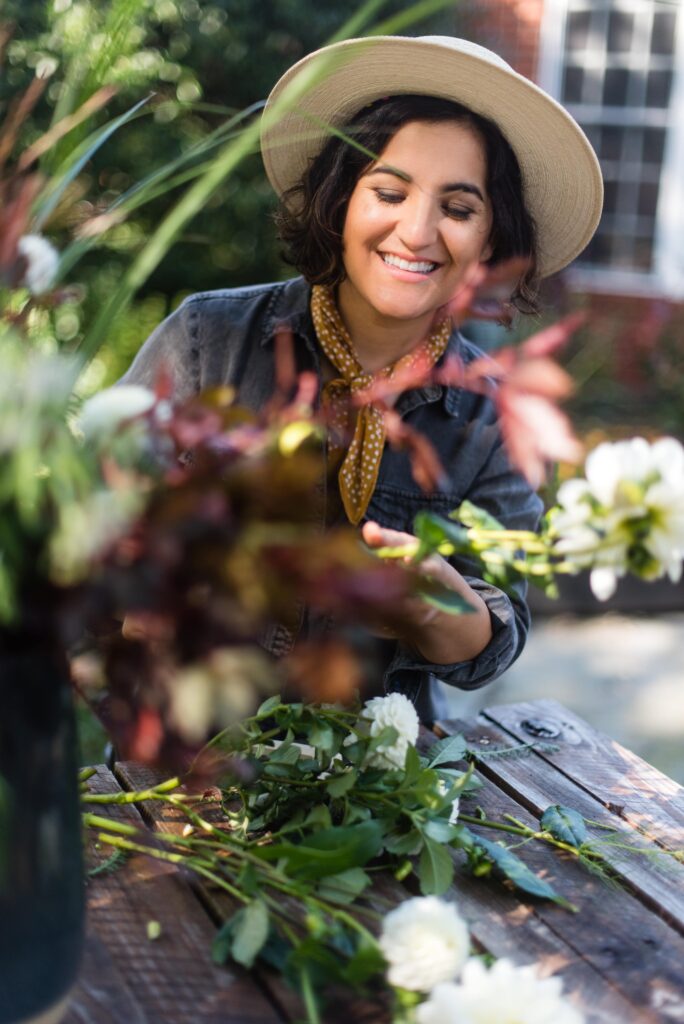
How to Find Local Flower Farms/Farmers
Luckily for all of us, finding flower farmers and growers has never been easier.
You can start by heading to slowflowers.com to search for a flower farmer near you. This resource connects you to farms, wholesalers, and more that grow and carry local flowers.
Bonus tip – Slow Flowers is the brainchild of Debra Prinzing who also hosts an amazing podcast, The Slow Flowers Podcast. With hundreds of episodes, this is an abundant resource for learning more about the local flower movement. I had the honor of being a guest on the podcast – check out my episode here and this year, I’ll be presenting at her incredible annual conference, the Slow Flowers Summit on June 26-27 at the inspiring Bellevue Botanical Garden.
Another great resource is the Association of Specialty Cut Flower Growers for finding growers all over the country. Also, consider connecting with local garden clubs in your community or visiting your local farmers’ markets.
When I lived in a smaller town, I visited farmers’ markets and asked farmers if they had any flowers they grew or would be willing to grow. There were virtually no flower farmers or growers in my region so when a handful of them obliged and offered to sell me buckets full of cosmos, zinnias, marigolds, grasses, and fresh herbs over the wedding season, it made a huge difference in my work and helped my work stand out in a market where local flowers were hard to come by.
If you still have no luck in your area, try social media. Put a call out that you are looking to buy local flowers. On Facebook, try gardening groups or veggie farmers in the area as they may know a small-scale flower grower to refer you to.
On Instagram, search by keywords with state, city, or region. Examples could look like #KansasCityFlowers #kansascityflowerfarm #kansascityflowergrower #kansasflowerfield, etc. Get creative and see what pops up in your area.
Finally, don’t be afraid to reach out to other designers! Ask local designers which farms they work with, or check in with your nationwide flower buddies to see if the farms they work with ship overnight.
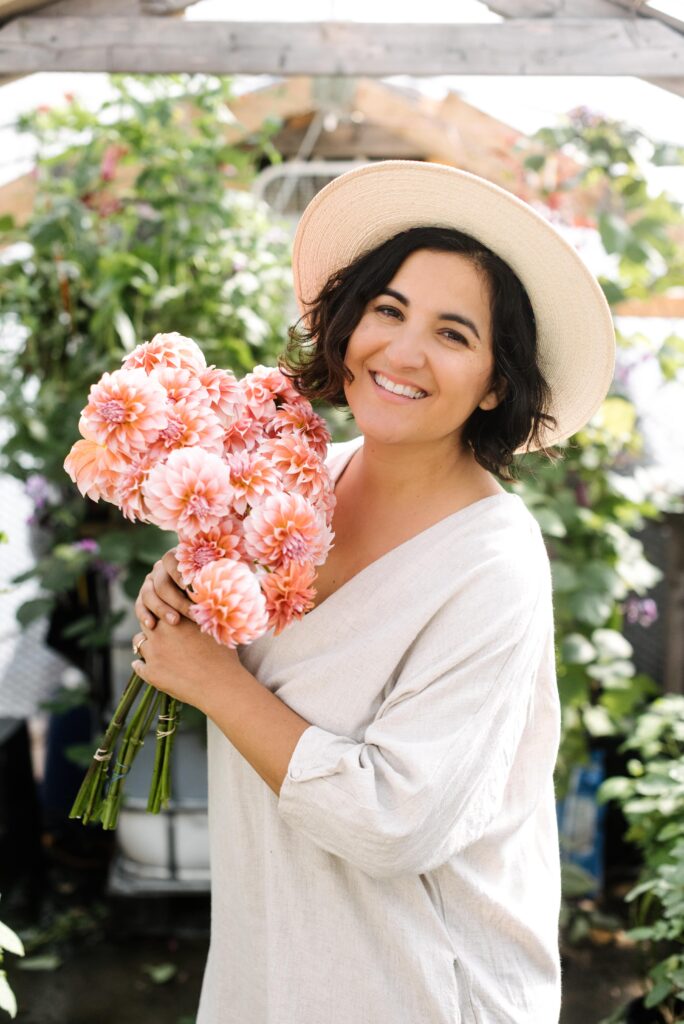
Above image: Beautiful dahlias grown by Grateful Gardeners, Maryland
Tips for Fostering the Relationship
All over the world, regions have different growing capabilities. Flexibility is KEY when using local flowers. If it’s a priority to use them, find a way to make it work within your business and design goals. After finding local growers and learning how to buy from them, examine how to incorporate what they grow into your business or communicate (if they are open) about what you would love to see grown!
While you might crave dahlias and heirloom roses, we can’t all have the perfect conditions of the Northwest! If you can embrace what is local and unique to your area, you will already win good graces with local flower farmers.
Similarly, embrace the less sought-after blooms. We all may want the popular blooms like dahlias, peonies, ranunculus, etc. from flower farmers which are wonderful and tend to be incredibly long-lasting. But it’s often the lesser-known fillers and textures that create such unique interest in your work.
If you’re in a retail space, consider a weekly order of farmers’ choice in mixed colors. Flower farms benefit from consistent support, so by committing to a weekly order for the entire growing season, even in a small amount, could be a big help to a small grower and you can discover unique and interesting varieties. And don’t forget to share with your customers about the local farms that you support, this is a great marketing opportunity and helps educate customers about local flowers. Share it on social media, your website, and in your space!
Flexibility is Key
Understand that growing is imperfect, and Mother Nature has a mind of her own. A frost may come at an inopportune time, ruining the Cafe Au Lait dahlia crop you were hoping for. That loss is enormous for those farmers as well, so be flexible and graceful and always have a backup plan when needing specific varieties of flowers. Sure up your contracts with your clients that protect you if you can’t get exact flowers and avoid selling specific varieties but rather color, shape, and size, within the seasons, if possible.
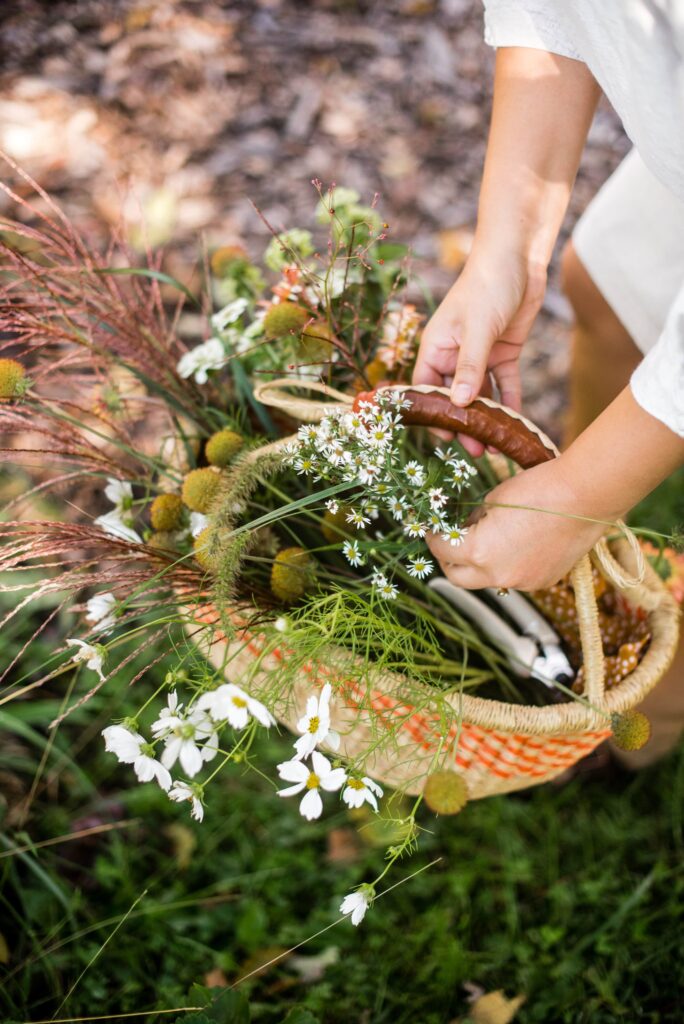
Sourcing is a tremendous, time-consuming role as a florist but it can make or break our work to find the best flowers we can. So be bold. Reach out. Be flexible and willing to pay for the hand-grown, unique quality of local flowers. These relationships with growers are incredibly important, and special and at some point in the future, may be your saving grace in a flower emergency so start fostering them now if you haven’t already!
Leave a Reply
I think you'll also love reading...

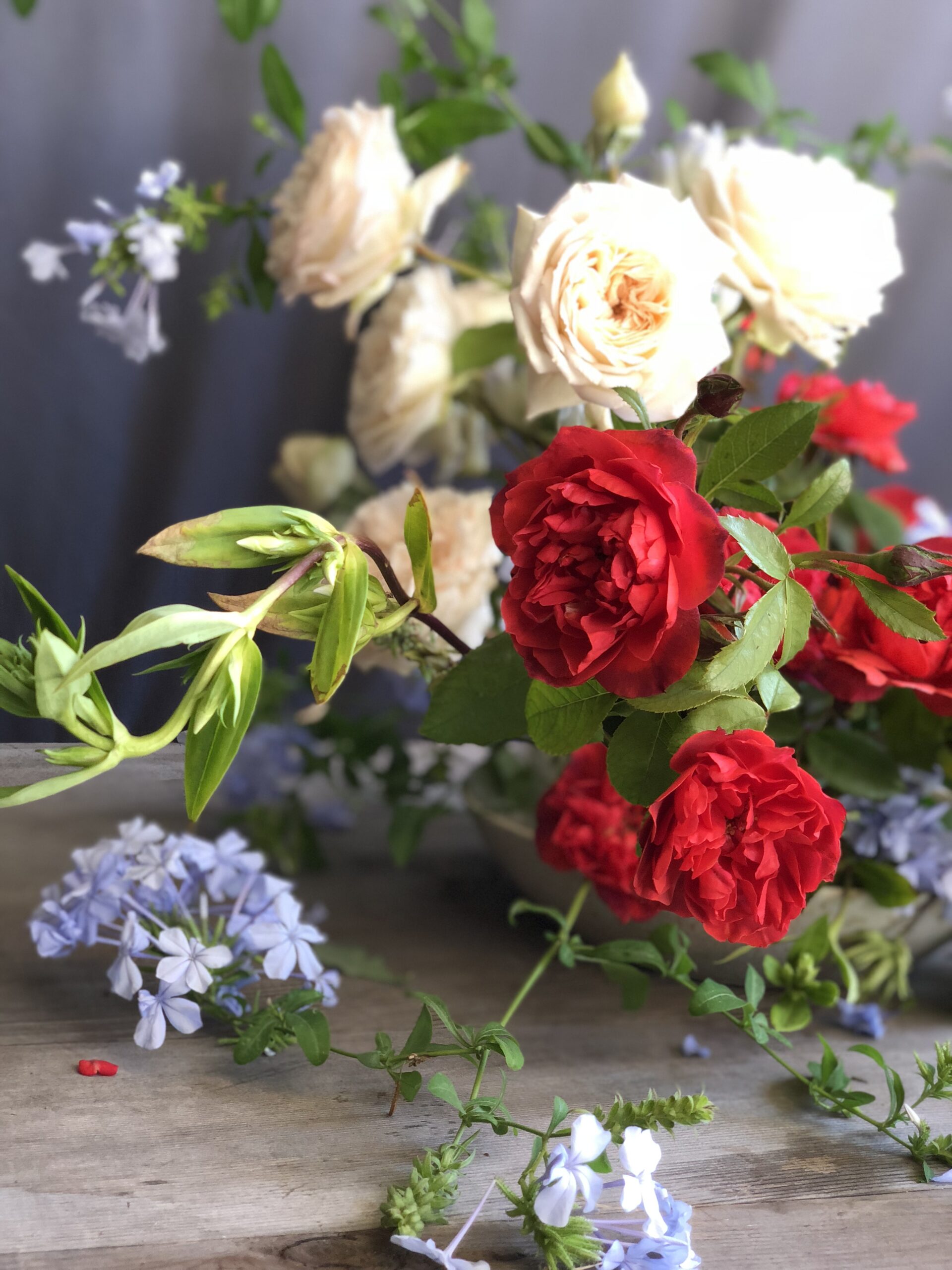
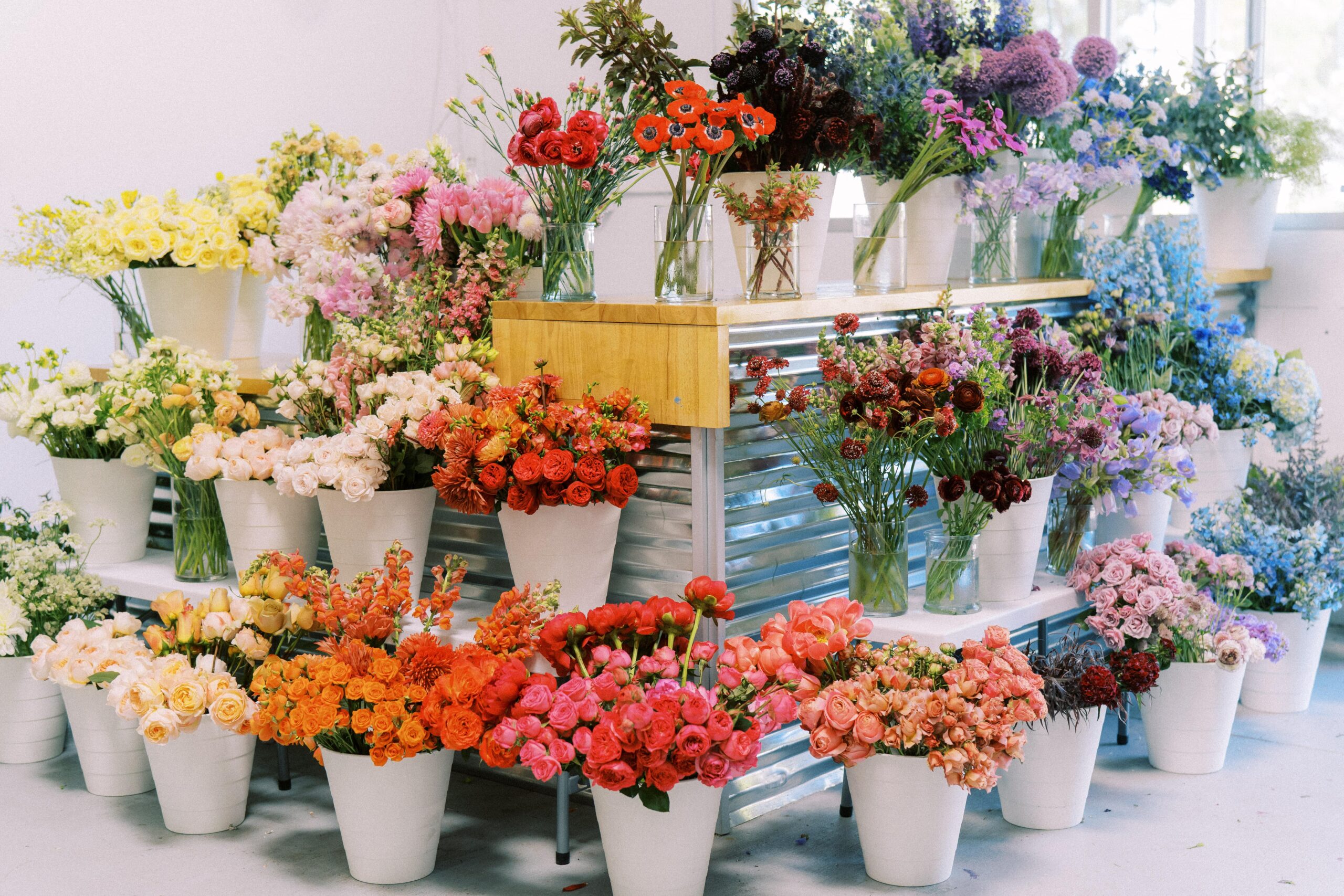
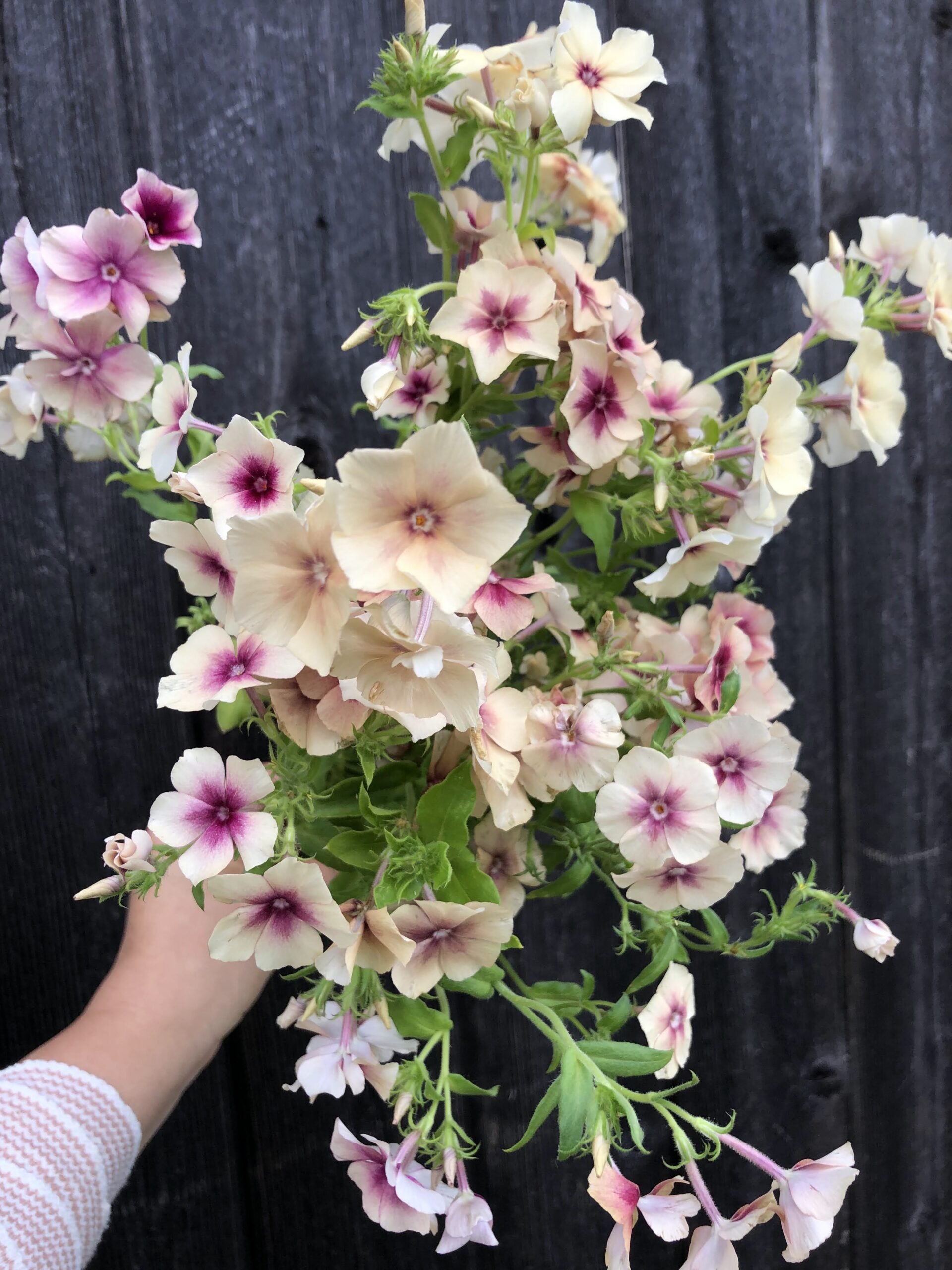
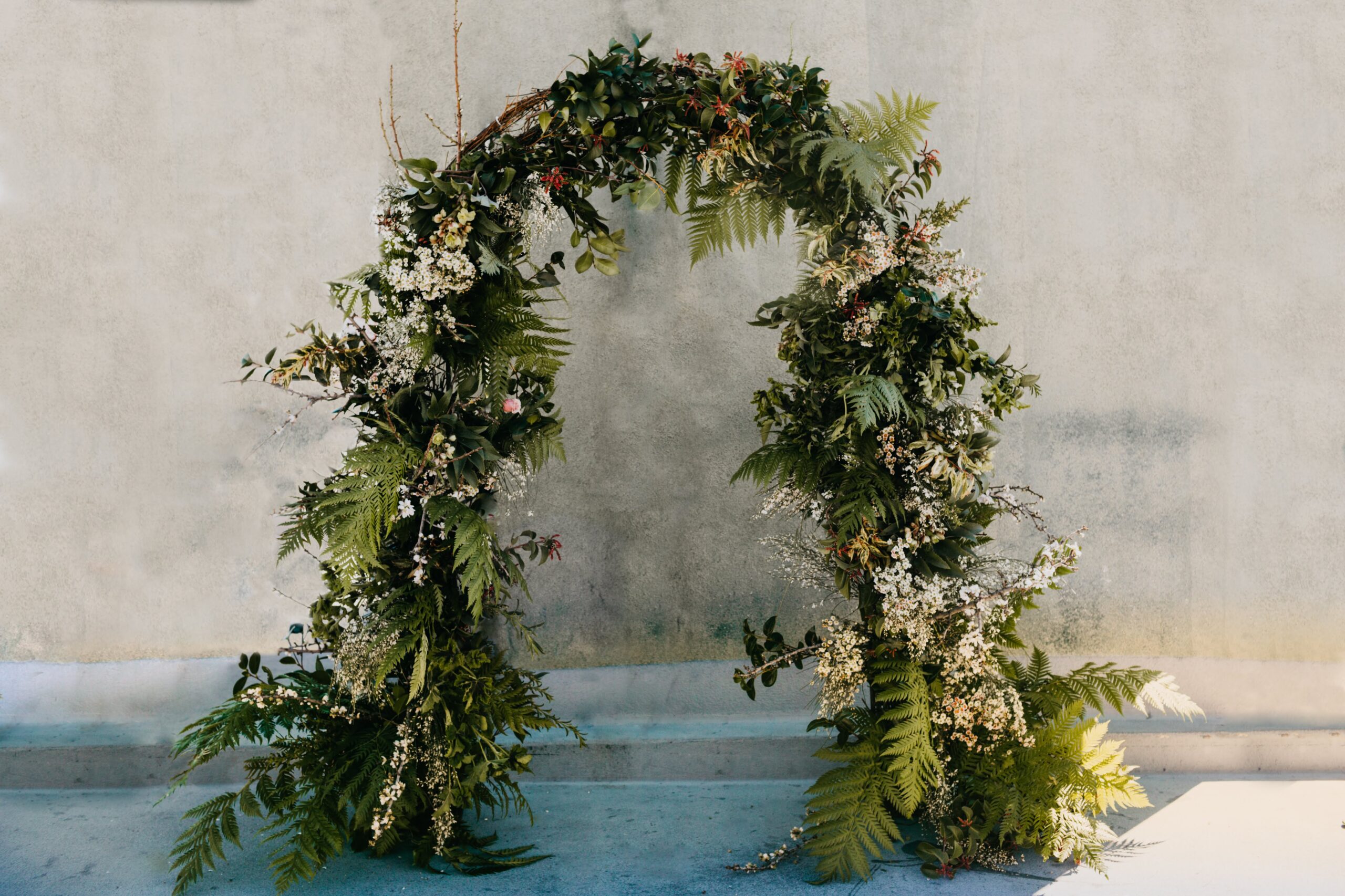

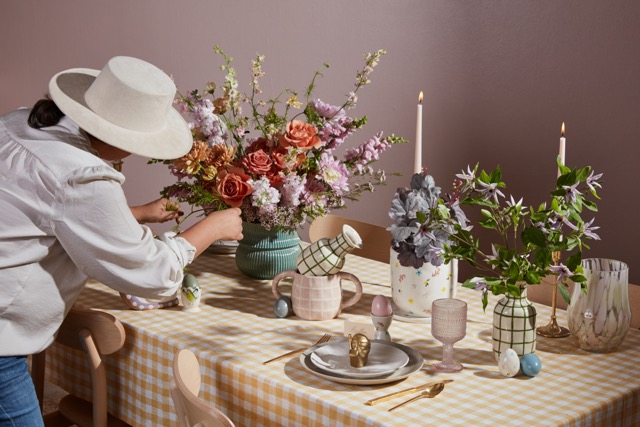

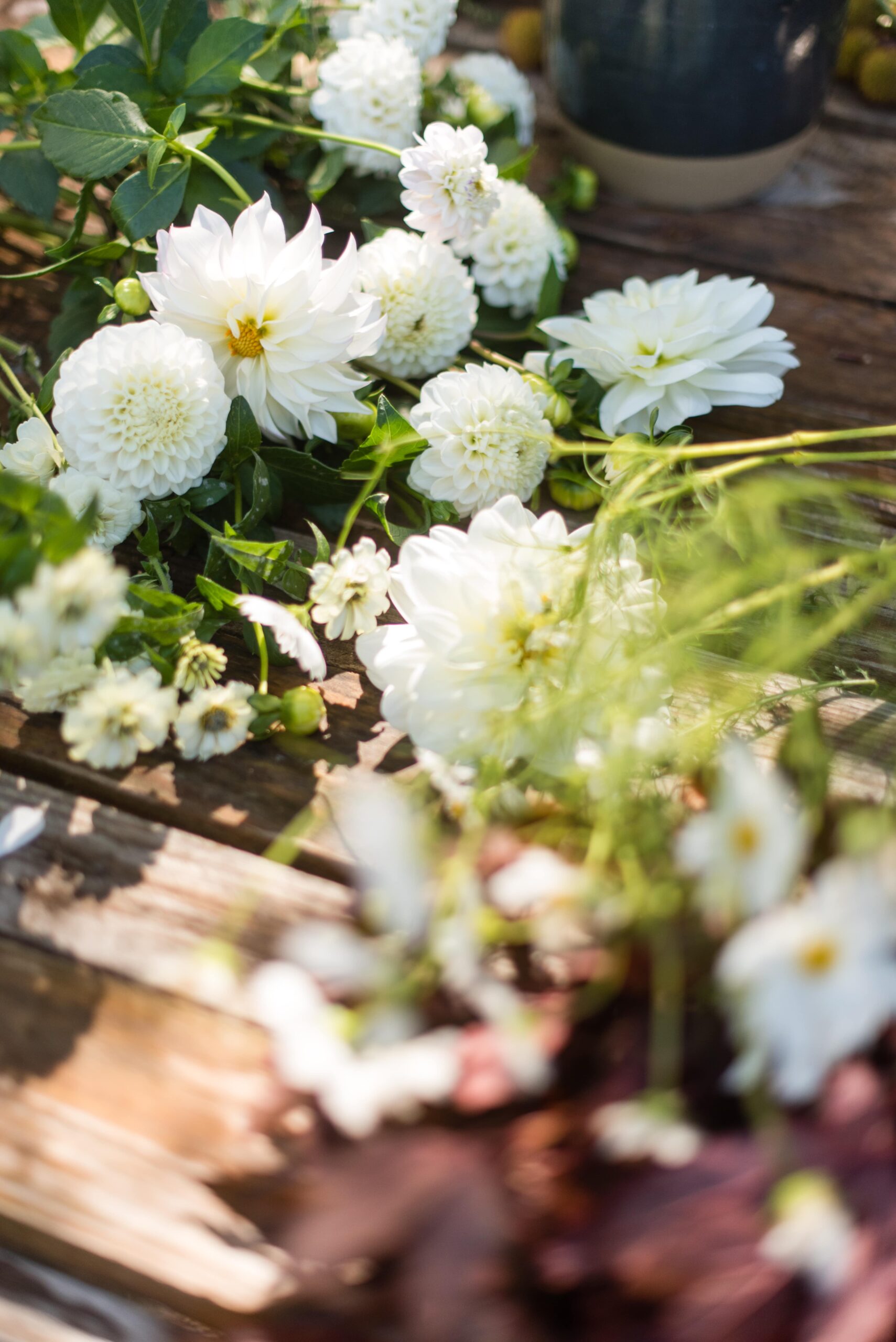
Are there any plans to do a Mayeshxdesign tour near San Francisco Bay Area?
At this time, our closest stops are Carlsbad and LA. Hard to say for 2024, but we hope to see you!